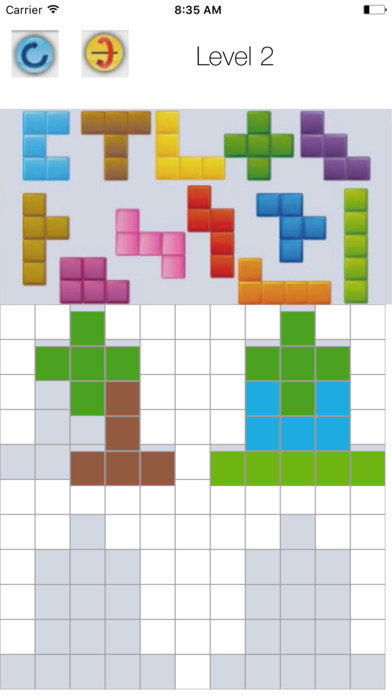
k-num pentominoes app for iPhone and iPad
Developer: Mikhail Baynov
First release : 06 Jun 2017
App size: 13.08 Mb
A pentomino (or 5-omino) is a polyomino of order 5, that is, a polygon in the plane made of 5 equal-sized squares connected edge-to-edge. When rotations and reflections are not considered to be distinct shapes, there are 12 different free pentominoes.
Pentominoes were formally defined by American professor Solomon W. Golomb starting in 1953 and later in his 1965 book Polyominoes: Puzzles, Patterns, Problems, and Packings. They were introduced to the general public by Martin Gardner in his October 1965 Mathematical Games column in Scientific American. Golomb coined the term "pentomino" from the Ancient Greek πέντε / pénte, "five", and the -omino of domino, fancifully interpreting the "d-" of "domino" as if it were a form of the Greek prefix "di-" (two). Golomb named the 12 free pentominoes after letters of the Latin alphabet that they resemble.

